by Megan M. Atkinson
At the end of March, employees, students, and volunteers at Tennessee Tech University Archives and Special Collections began working from home, with the exception of myself. I am working both on campus and off campus, managing what everyone is doing, but also keeping up with some of the less glamorous but equally as critical functions in archives such as monitoring and cleaning our facilities. If you follow our Facebook page (https://www.facebook.com/TennTechArchives), you may be keeping up with some the projects our wonderful people are doing. Many question what archivists can do from home since we are pictured as working with paper-based materials. That is not the case, especially in the age of digital records.
The Archives is currently working with our regular employees, but also a group of volunteers, student assistants, and Volpe Library employees, making the current number of people working on archive projects twelve, when we are not counting our feline assistants who have helped us in many tasks. Individuals are doing a variety of tasks including: assisting with tornado photographs, transcribing historic documents, preserving digital materials, collecting current digital materials on the tornado and COVID-19, and describing historic photograph collections. All of these tasks have two things in common— helping Archives provide better access to historic materials for current and future users and ensuring that these materials will be preserved for current and future users.
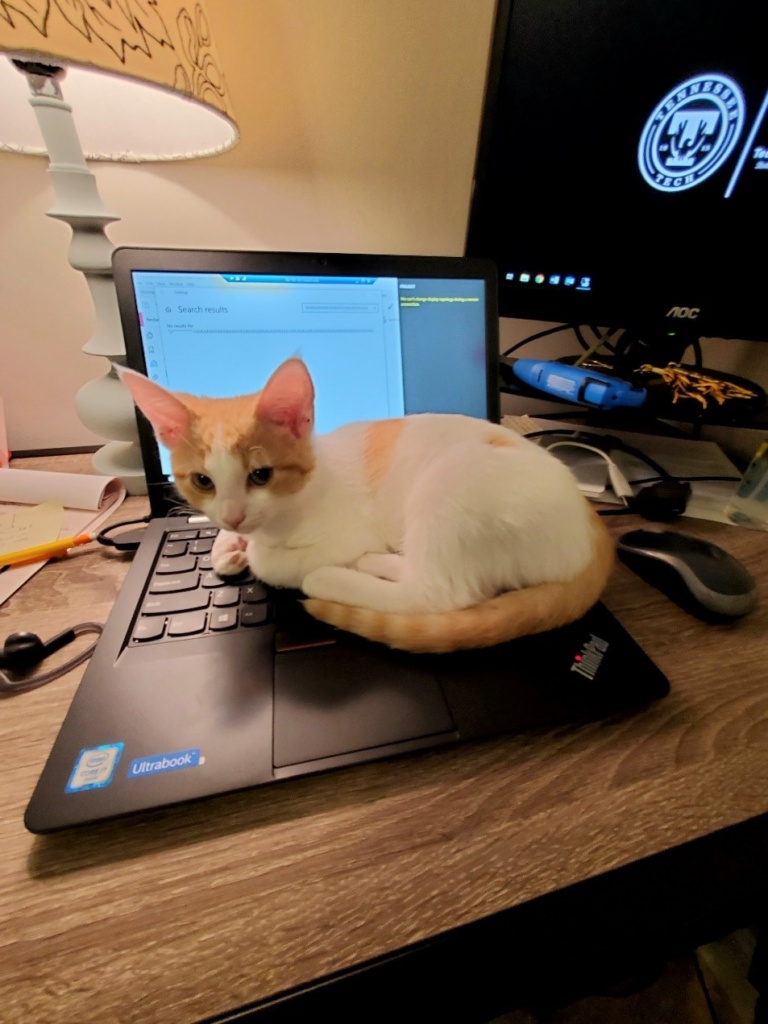
Assistant Archivist Hannah O’Daniel McCallon is working on some projects worth highlighting, notably her projects documenting the March 3 tornado and COVID-19. Hannah began collecting materials online pertaining to the March 3 tornado, including websites, videos, and public social media posts. Online materials are fleeting and not permanent (think about the last time a link did not work). Capturing this information as it happens is important for documenting situations as they occur and maintaining them in their original formats. Immediately following the tornado, Hannah began collecting COVID-19 materials related to the Upper Cumberland and Tennessee Tech University. These materials now also include many of the campus emails sent by the university administration. Like materials on the web, e-mail also needs to be collected. As a result of her work, this experience will be preserved for future research interests, much like how many people are reviewing the Spanish Flu now.

Hannah’s second project is a crowd-sourced collection documenting the people of the Upper Cumberland and University’s personal experiences following the tornado and during COVID-19. Individuals can upload digital materials to an online collection or send physical documents that capture their experiences. Materials collected include blogs, journals, photographs, memes, videos, drawings, comics, social media posts, and other unique materials. This collection will assist future researchers in understanding what life was like in 2020. It will also document the unique experience of the Upper Cumberland, which unlike other areas that are experiencing COVID-19 responses, did not transition into it directly after experiencing a horrific tornado. Our situation is unique and so are our community’s people. If you are interested in participating in this project, follow this link: https://www.tntech.edu/library/archives-project.php

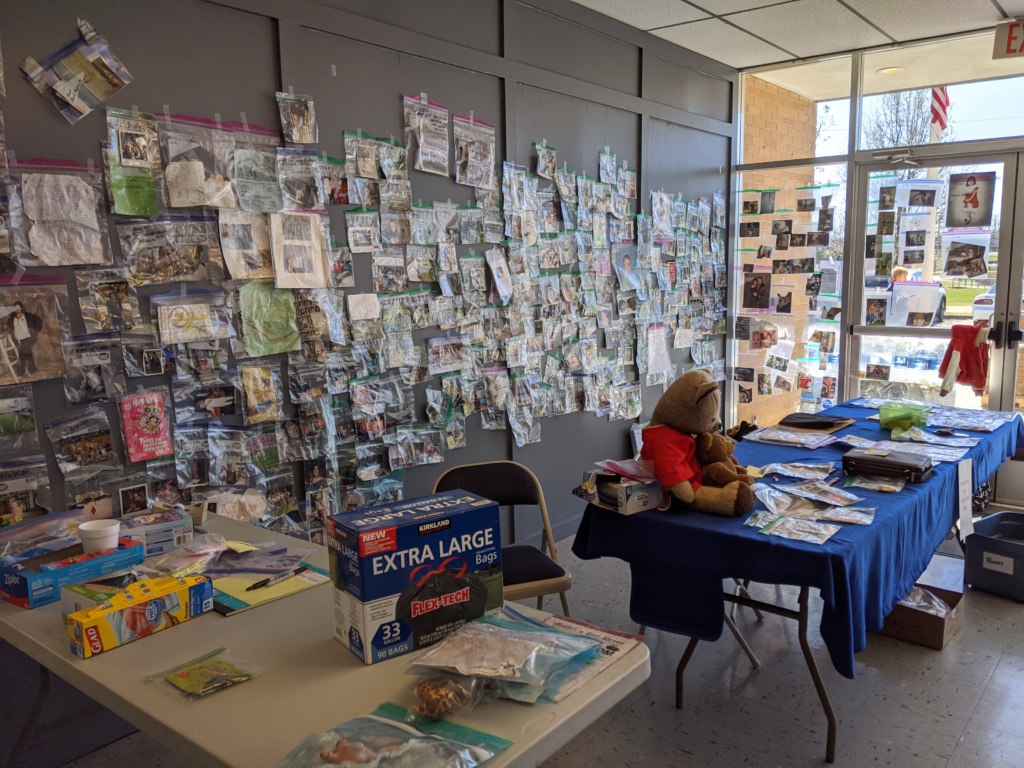
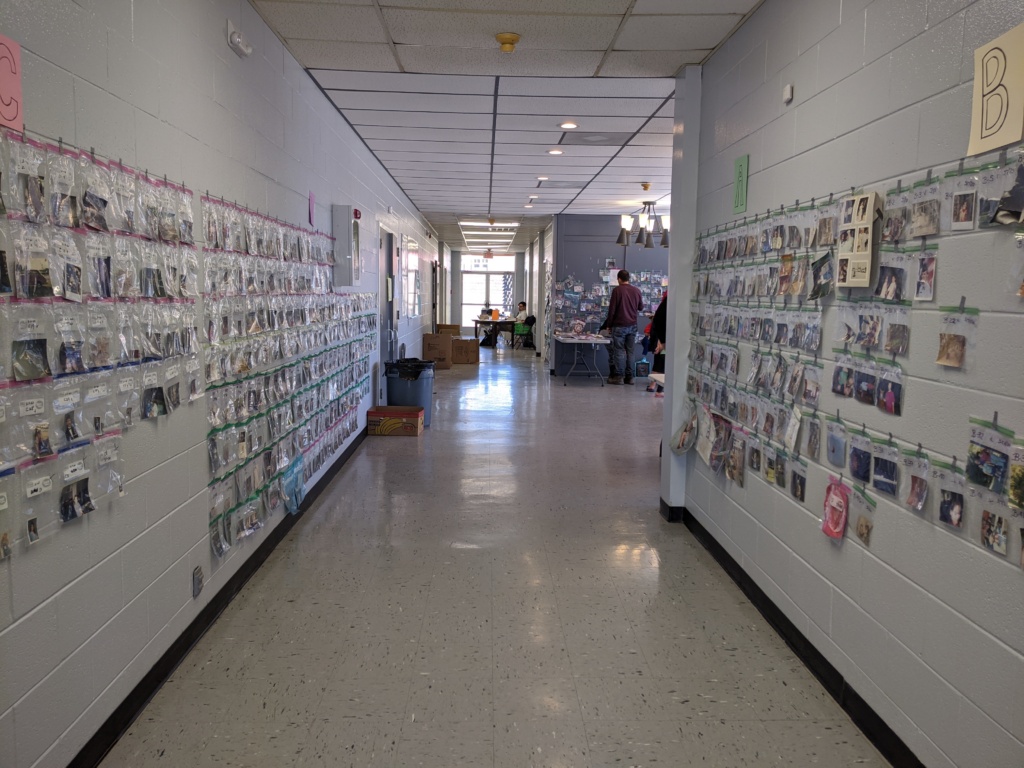
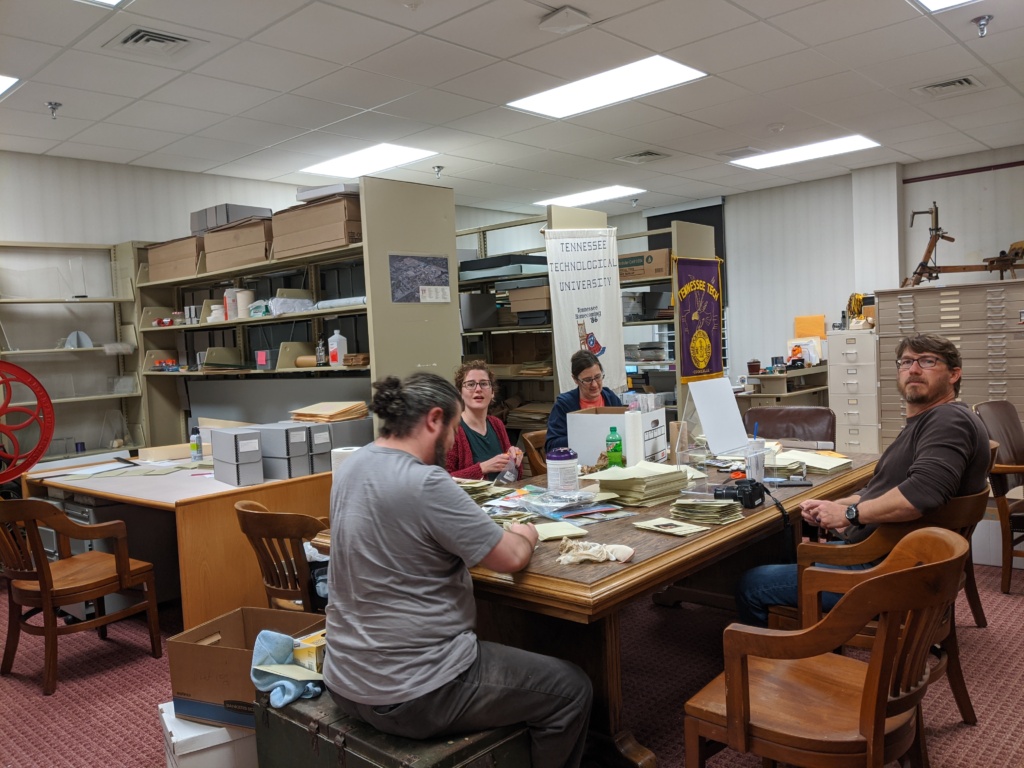
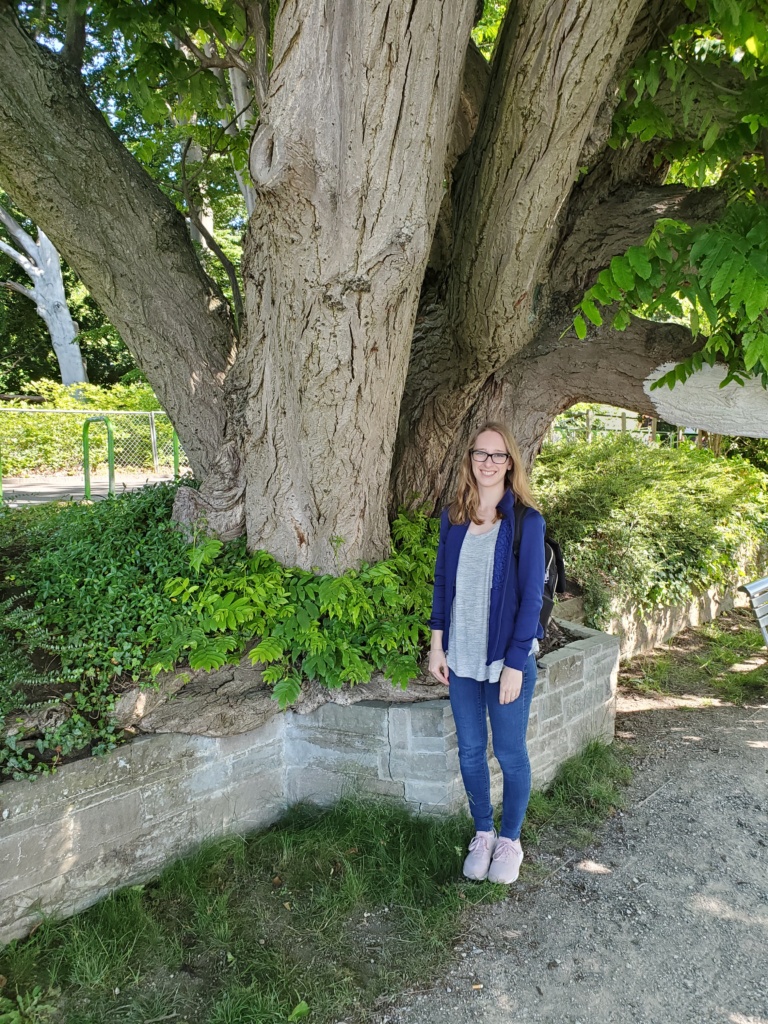
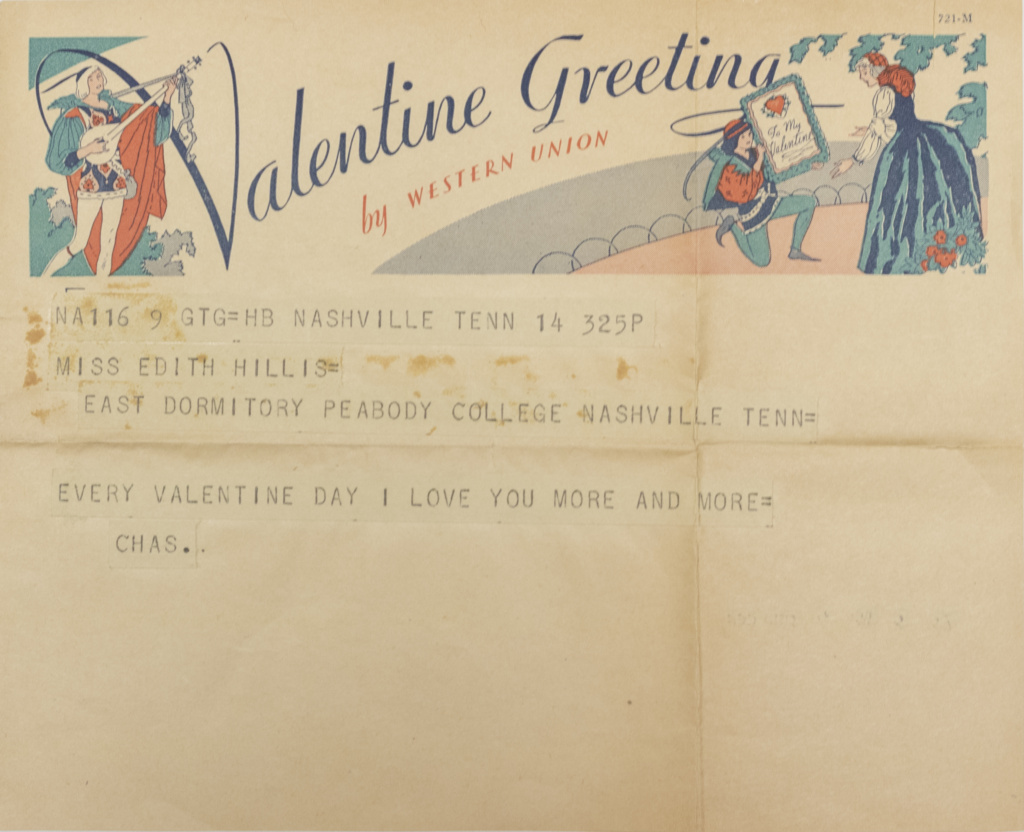
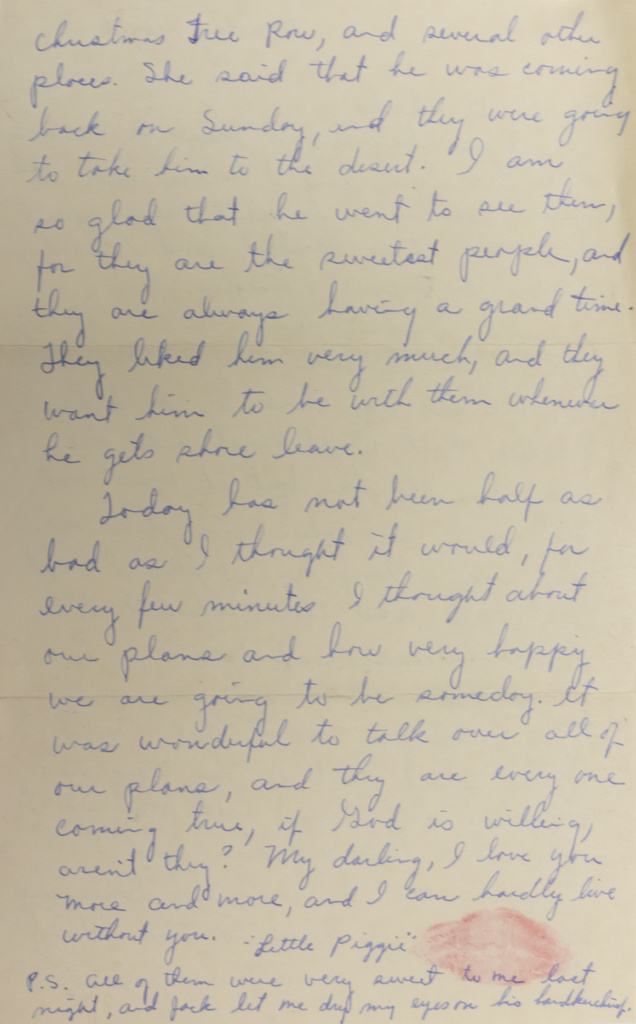
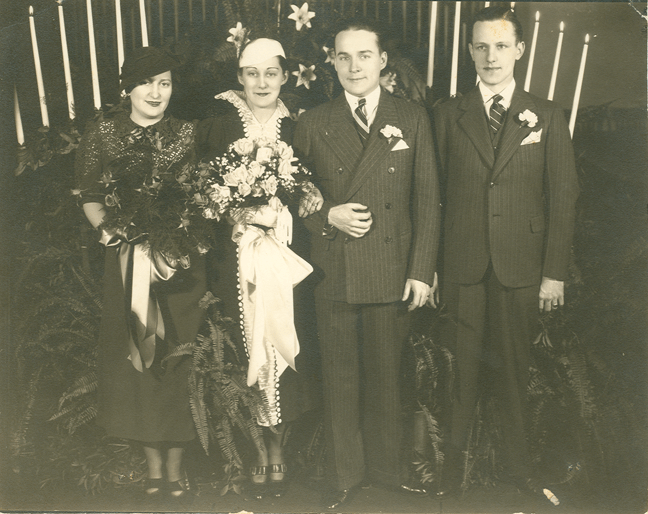
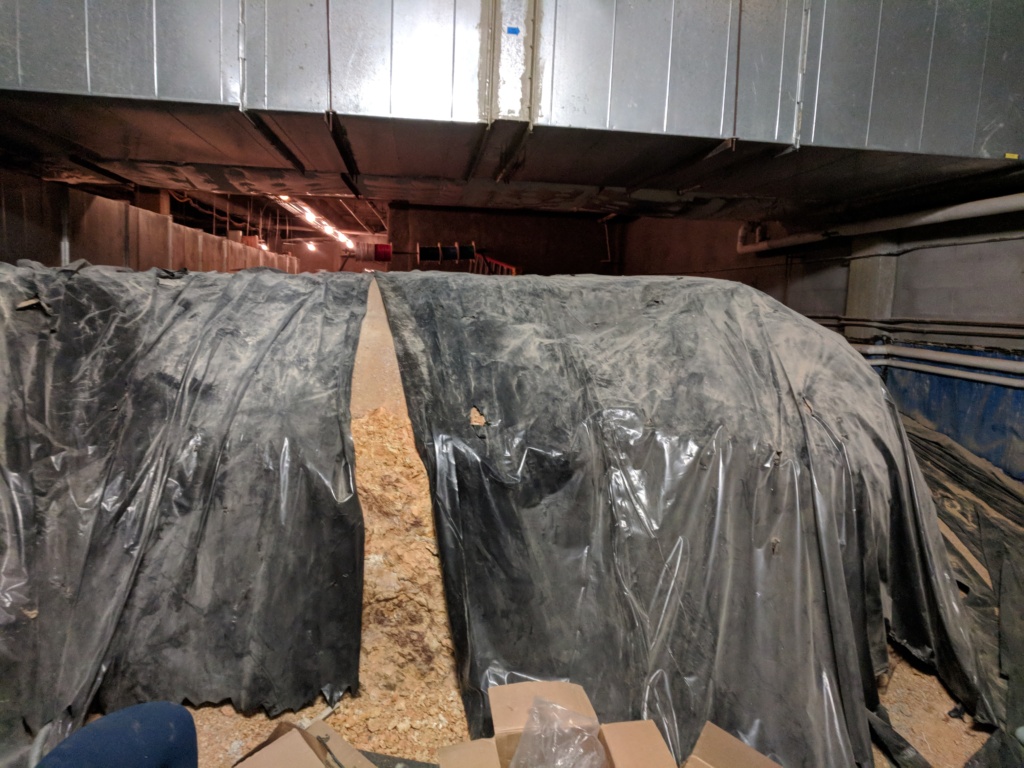


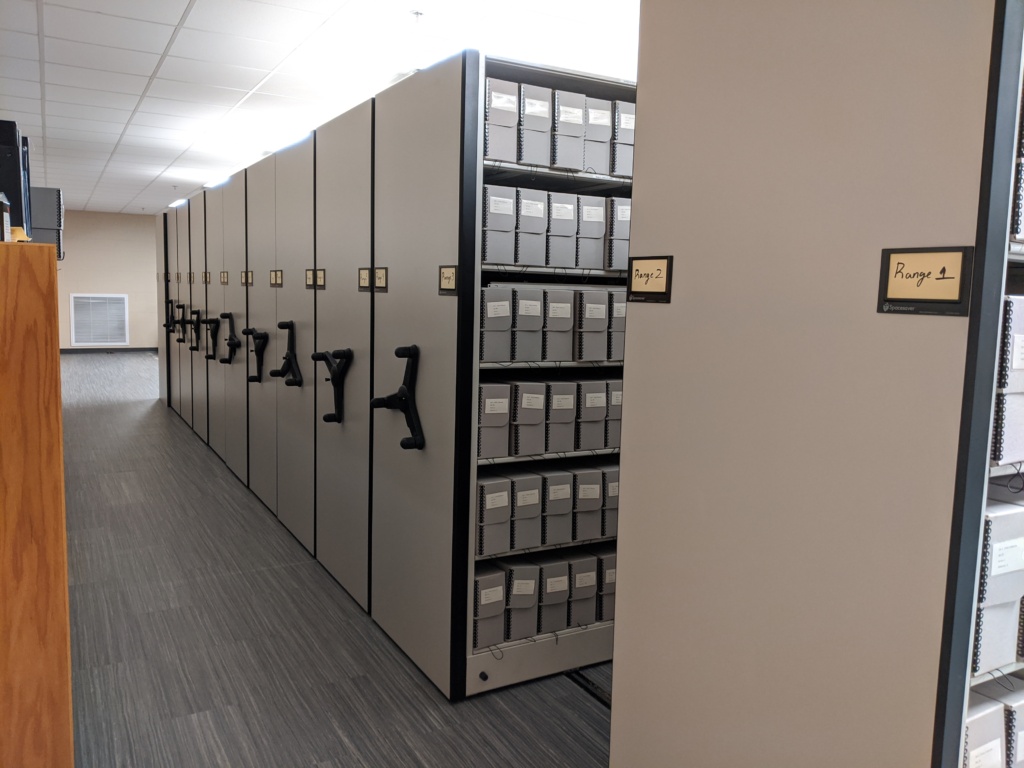
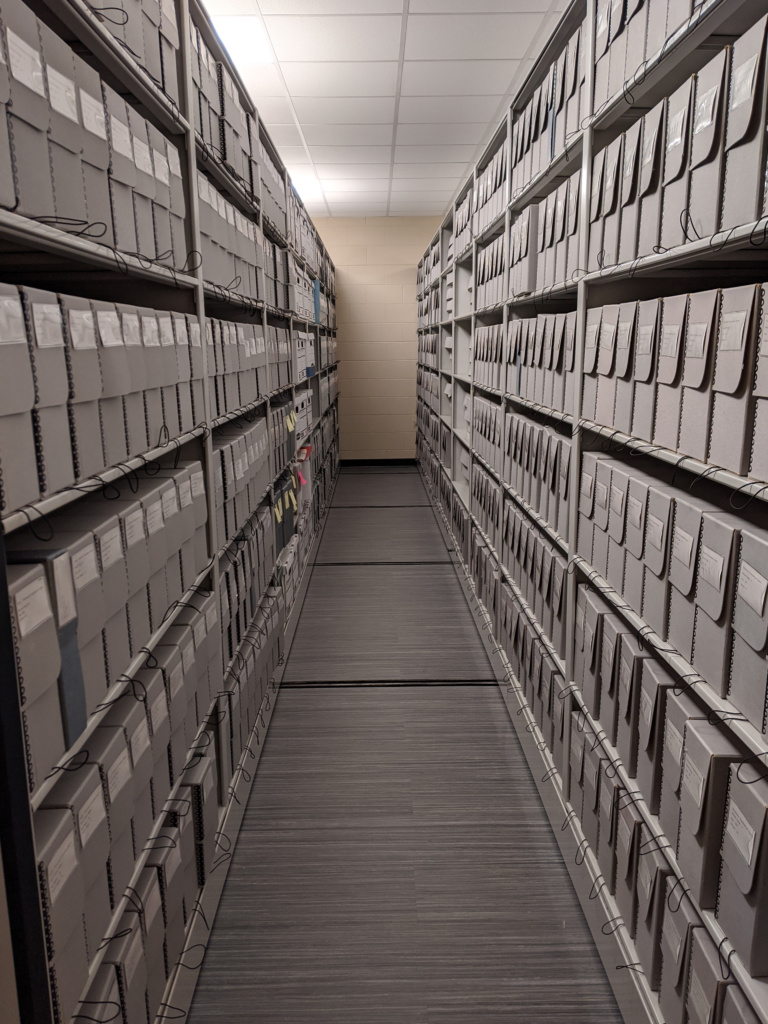
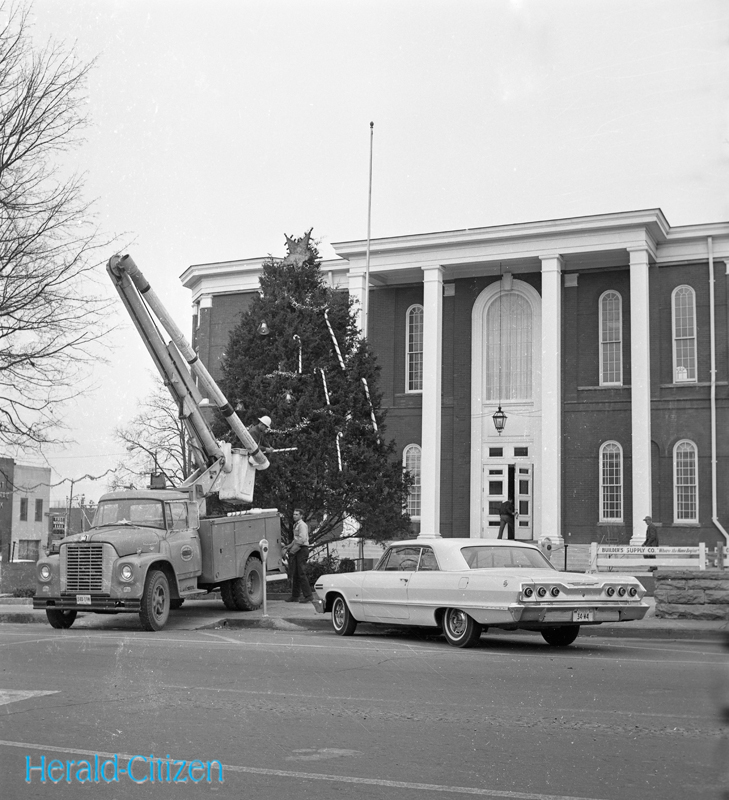
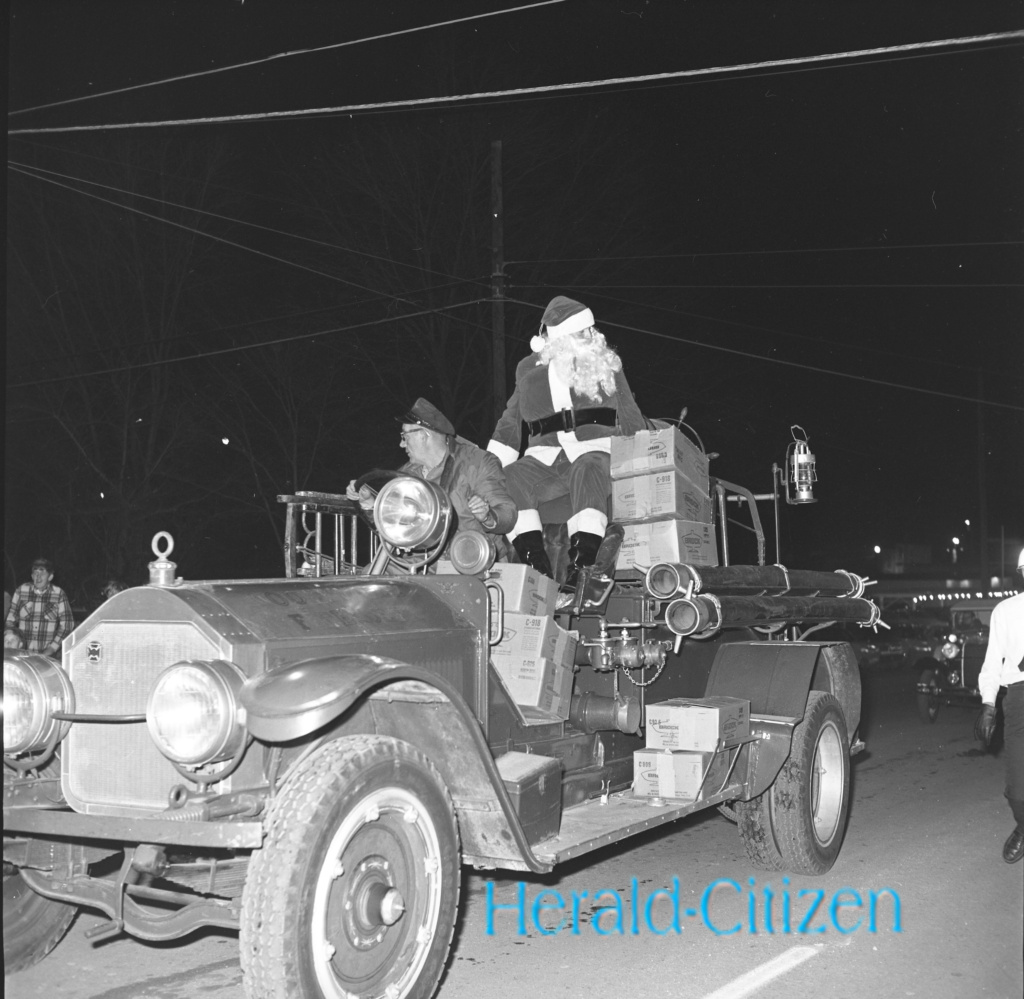
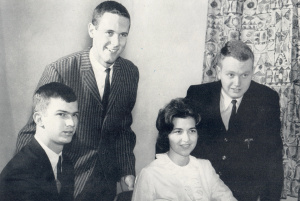
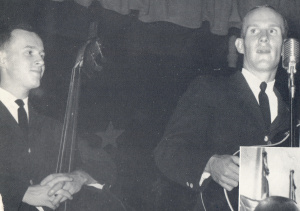 Smothers Brothers, 1964 Eagle.
Smothers Brothers, 1964 Eagle.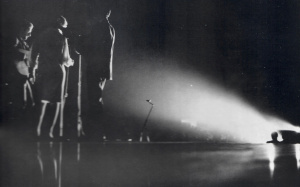 Peter, Paul and Mary, 1964 Eagle.
Peter, Paul and Mary, 1964 Eagle.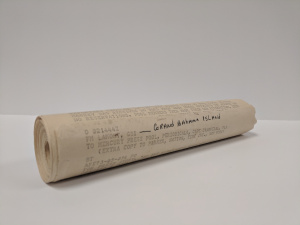
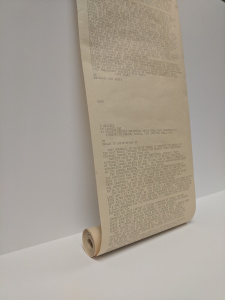 ding Shepard’s mission, but also the conditions of the GBI in 1961. This scroll provides an interesting look into the history of the GBI. One report mentions that in May 1961, only 8,500 people lived on the GBI. Today, however, approximately 51,000 people inhabit the island.
ding Shepard’s mission, but also the conditions of the GBI in 1961. This scroll provides an interesting look into the history of the GBI. One report mentions that in May 1961, only 8,500 people lived on the GBI. Today, however, approximately 51,000 people inhabit the island.
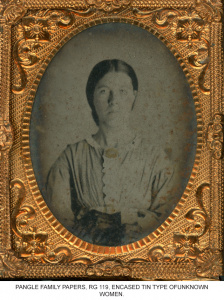
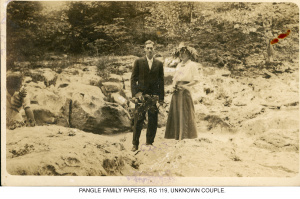
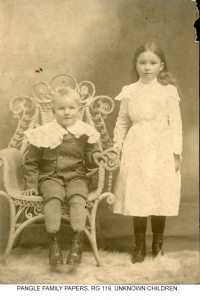
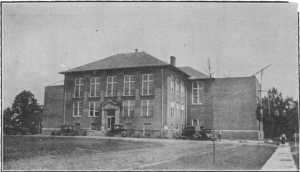
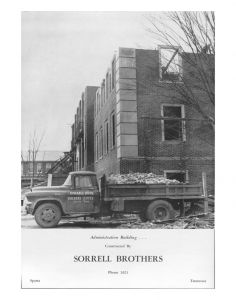 (it is a surprise it was not before with the smokers on campus), and modernized. In 1962, the State Board named the new building after the Derryberrys. At that time, Everett Derryberry served for over 20 years as the University president with his wife, Joan Derryberry, who was a major supporter and developer of the Art and Music Departments at Tech. As of 1965, according to the annual bulletin released by the University, Derryberry Hall housed the “administrative offices, an auditorium, classrooms, and facilities for the Music Department.” Through the years, many offices have circulated through the building including the library, the Home Economics Department, and Business Administration.
(it is a surprise it was not before with the smokers on campus), and modernized. In 1962, the State Board named the new building after the Derryberrys. At that time, Everett Derryberry served for over 20 years as the University president with his wife, Joan Derryberry, who was a major supporter and developer of the Art and Music Departments at Tech. As of 1965, according to the annual bulletin released by the University, Derryberry Hall housed the “administrative offices, an auditorium, classrooms, and facilities for the Music Department.” Through the years, many offices have circulated through the building including the library, the Home Economics Department, and Business Administration.